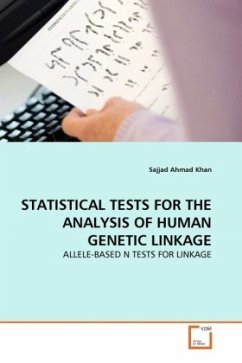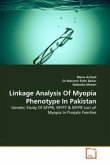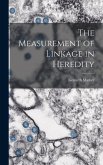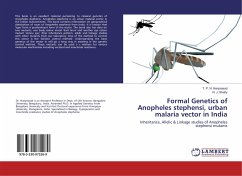Genetic linkage occurs when particular genetic loci or alleles for genes are inherited jointly. Genetic loci on the same chromosome are physically close to one another and tend to stay together during meiosis, and are thus genetically linked. This is called autosomal linkage. Alleles for genes on different chromosomes are usually not linked, due to independent assortment of chromosomes during meiosis. Because there is some crossing over of DNA when the chromosomes segregate, alleles on the same chromosome can be separated and go to different daughter cells. There is a greater probability of this happening if the alleles are far apart on the chromosome, as it is more likely that a cross-over will occur between them. The relative distance between two genes can be calculated using the offspring of an organism showing two linked genetic traits, and finding the percentage of the offspring where the two traits do not run together. The higher the percentage of descendants that does not show both traits, the farther apart on the chromosome the two genes are.
Bitte wählen Sie Ihr Anliegen aus.
Rechnungen
Retourenschein anfordern
Bestellstatus
Storno








